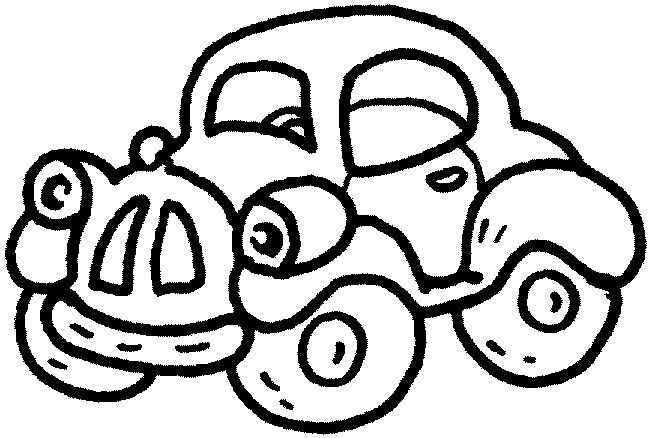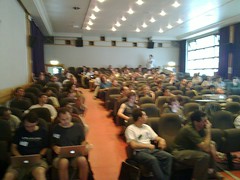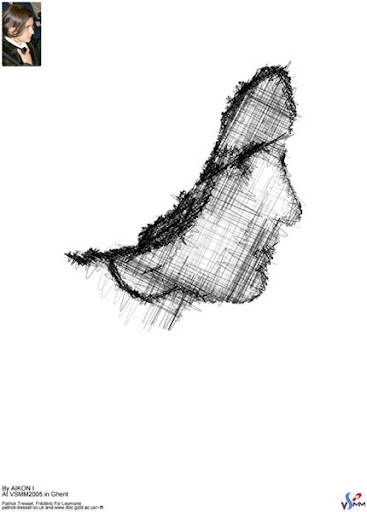ICA versus PCA in the scikit-learn: the value of code over pictures
When I was trying to get an intuitive feeling of the difference between Independent Component Analysis (ICA) and Principal Component Analysis (PCA), I wrote a few Python scripts producing some visualizations explaining the difference that have had a bit of success.
During the last sprint on scikit-learn, a machine learning …





